Wir schenken dir die Versandkosten ab einem Bestellwert von €75 (Deutschland) | €125 (international)!
Wir schenken dir die Versandkosten ab einem Bestellwert von €75 (Deutschland) | €125 (international)!
Yarn
Spinning Fiber
Notions & Gifts
Books, Magazines & Patterns
Über uns
Mit unserer sorgfältig zusammengestellten Auswahl an plastikfreien Garnen und Zubehör haben wir alles, was du für dein nächstes Projekt brauchst - und für das übernächste... Auf eine Garderobe aus Strickwaren, die wir lieben und die wir jahrelang tragen wollen!
Mit unserer sorgfältig zusammengestellten Auswahl an plastikfreien Garnen und Zubehör haben wir alles, was du für dein nächstes Projekt brauchst - und für das übernächste... Auf eine Garderobe aus Strickwaren, die wir lieben und die wir jahrelang tragen wollen!

Unser Nachhaltigkeitsversprechen

Unser Blog

Unser Podcast
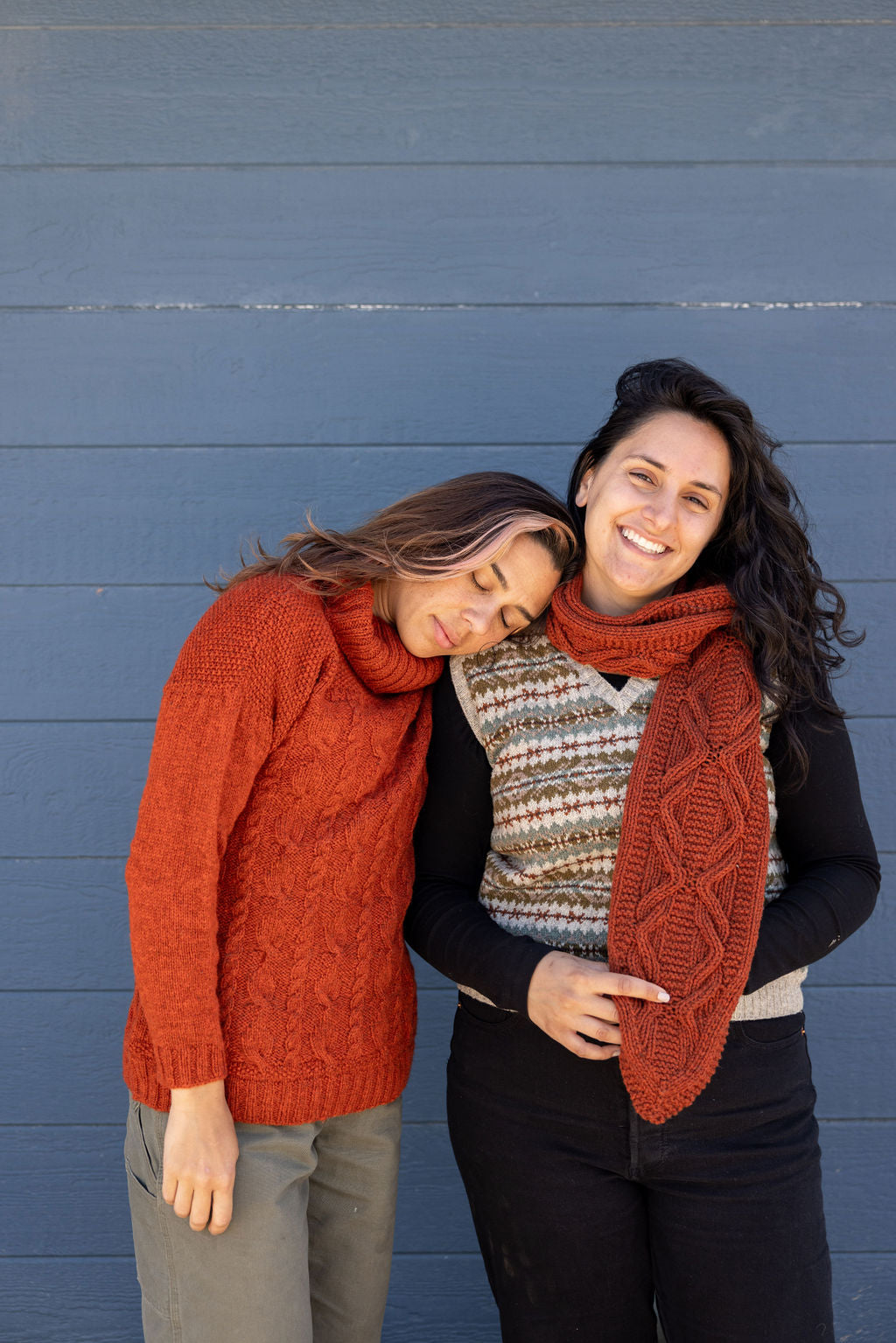
Das Making Stories-Collective
How I learned to love knitting colorwork
Dezember 06, 2022 2 min lesen. 1 Kommentar
Hi lovelies! Today, I'm so excited to share my favorite way to knit colorwork with  you. It was such a game changer - it brought me from shying away from any type of colorwork to thoroughly enjoying making anything and everything that has more than one color.
you. It was such a game changer - it brought me from shying away from any type of colorwork to thoroughly enjoying making anything and everything that has more than one color.
Back in 2021, we published a gorgeous colorwork scarf in Issue 6: Ayano Tanaka's Growing Ivy pattern.
It's essentially a long tube - round, and round, and round you knit, and while there is a little bit of colorblocking involved, the majority is stranded colorwork knitting.
My mom loves taking a look at our current samples when she's in town, and she fell absolutely in love with this scarf. (I can't blame her, it's stunning!) So I promised to knit her one for Christmas - and I worked, and worked, and worked on it, but I just didn't enjoy the knit.
I was determined to finish it though, and then one day, I mentioned my predicament to Elsa, our Customer Care Manager, and Elsa casually asked "well, but knitting colorwork is just like stockinette, isn't it?" And I was like ... no.
You see, I usually knit continental-style, i.e. I hold the working yarn in my left hand, catch it with the right-hand needle, and pull it through the current stitch to create the next one. For colorwork knitting, though, I was using a combination of continental and English knitting, i.e. catching one color, and throwing the other, also sometimes called "Two-Handed Stranded Knitting". While this worked fine, it also took very, very long because it involved a lot of movement.
Elsa pointed me in the direction of Kristin Lehrer's "Continental Stranded Knitting" tutorial video, and it was an absolute game changer for me. She's showing a way of holding both strands of yarn in the left hand (for me, as a right-handed knitter), and tensioning them through your fingers so that you can knit both colors continental-style.
It took me a little while to get the hang of it, but not very long - five, six rounds maybe! - and after that, I absolutely, absolutely fell in love with knitting colorwork. It was so fast! It was so pretty! So, if you're still looking for your preferred way to knit colorwork, check out Kristin's tutorial. Maybe it does the trick for you as it did for me!
Have you found a good way of knitting colorwork for you yet? I'd love to know! Leave a comment down below :)
1 Antwort
Schreiben Sie einen Kommentar
Kommentare werden vor der Veröffentlichung genehmigt.
Vollständigen Artikel anzeigen

A Gentle Check In - 2024 so far, and Thoughts on the Collective
März 18, 2024 4 min lesen.
Hello my dear Collective members, how have you been? I hope spring has gently arrived, wherever you are, and that you enjoy the first warm sunrays as much as I am, here in Berlin.
For today's Collective-exclusive blog post, I want to take a look back at 2024 so far – it's been almost three months, and quite a few things have happened. Some of them very much behind the scenes, so I hope you'll enjoy this!
2024 started with a very unpleasant surprise.
I remember this so clearly: I was sitting in my office, the second week of January, staring at our printer's invoice for Issue 11 and our bank account – and realizing that we just didn't have enough money in the bank to pay them.

A Thank You Gift From Us To You - For Supporting Us in 2023!
Dezember 04, 2023 1 min lesen.
Dear lovely Collective member,
it's almost time to wrap up the year! In just a few short weeks, I'll be taking a few days off to recharge, and I hope you do the same.
I want to say a very, very heartfelt thank you for supporting us in 2023. Every single contribution to the Collective helps keep the lights on here at Making Stories, and I deeply appreciate every single one of you. You make this work possible!

What goes into creating the Winter Celebration (and Box!)
November 13, 2023 4 min lesen. 1 Kommentar
Hi lovely Collective members,
I hope you had a wonderful November so far! I've been leaning heavily into the coziness this fall – lots of evenings snuggled up under my favorite wool blanket on our couch with a candle lit, a soft WIP on my lap, finishing up final seasons of some of our favorite TV shows. (Which, for the most part were disappointing, sigh!)
As busy as this time of the year is, it also feels a little gentler this year than last. I'm not sure what it is - am I better prepared? (Now I probably jinxed it...) Is life with a four year old easier than with a three year old? (Yes, definitely, if you ask me.) Is it just luck? (I'll take it!)
Wer ist Making Stories?
Wir sind ein kleines Team, die sich leidenschaftlich für Nachhaltigkeit beim Stricken interessieren. Mit unserem Online Shop, der mit nachhaltig produzierten Garnen, Kurzwaren und Anleitungen bestückt ist, sind wir hier damit du dir einen Kleiderschrank erstellen kannst, der gefüllt ist mit gestrickten Sachen die du liebst und jahrelang tragen kannst.
Bist du schon bei unserer Herde dabei?
Abonniere unseren wöchentlichen Newsletter und bekomme die aktuellsten Neuigkeiten, Anleitungen und Inspirationen!

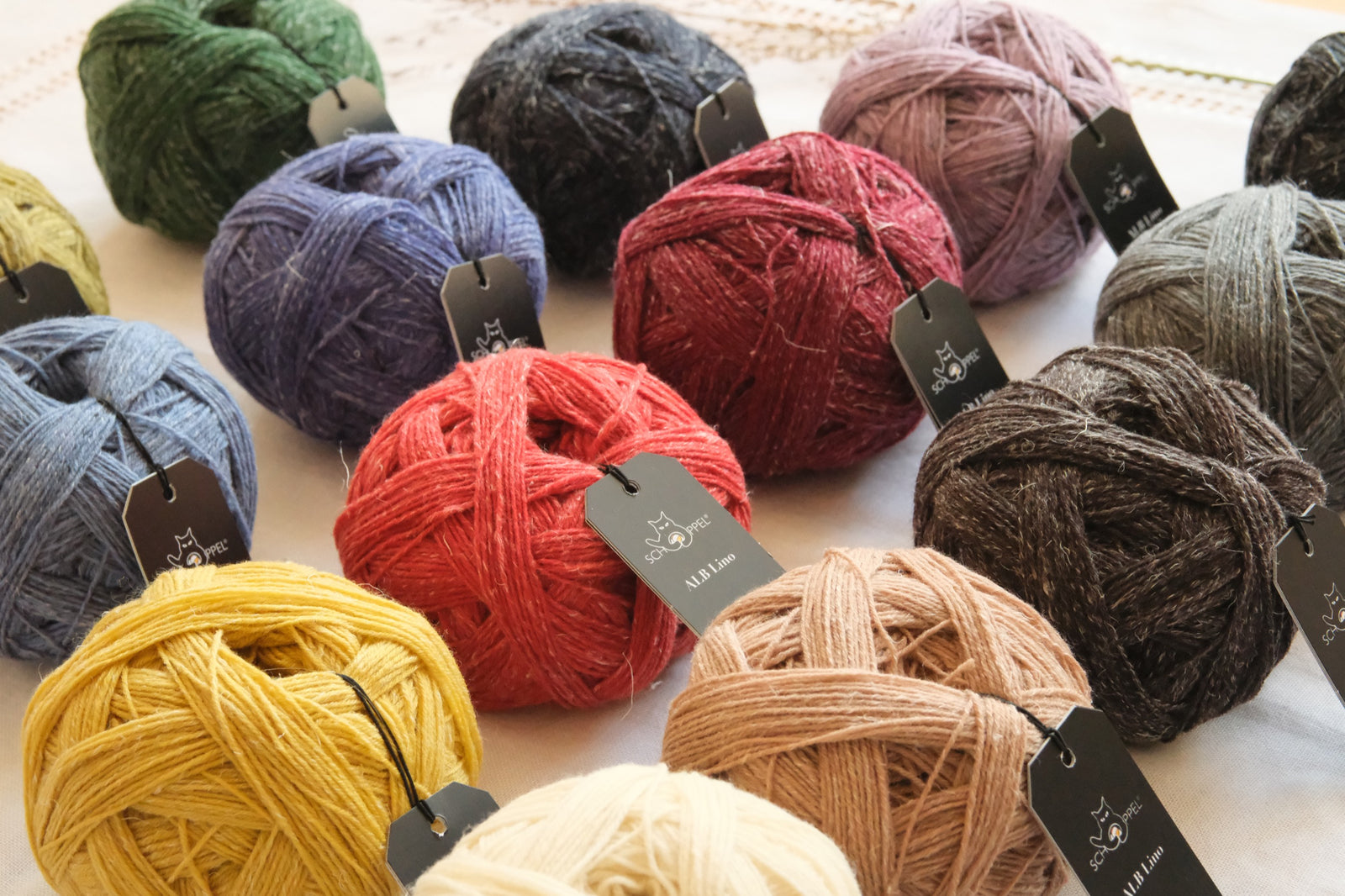
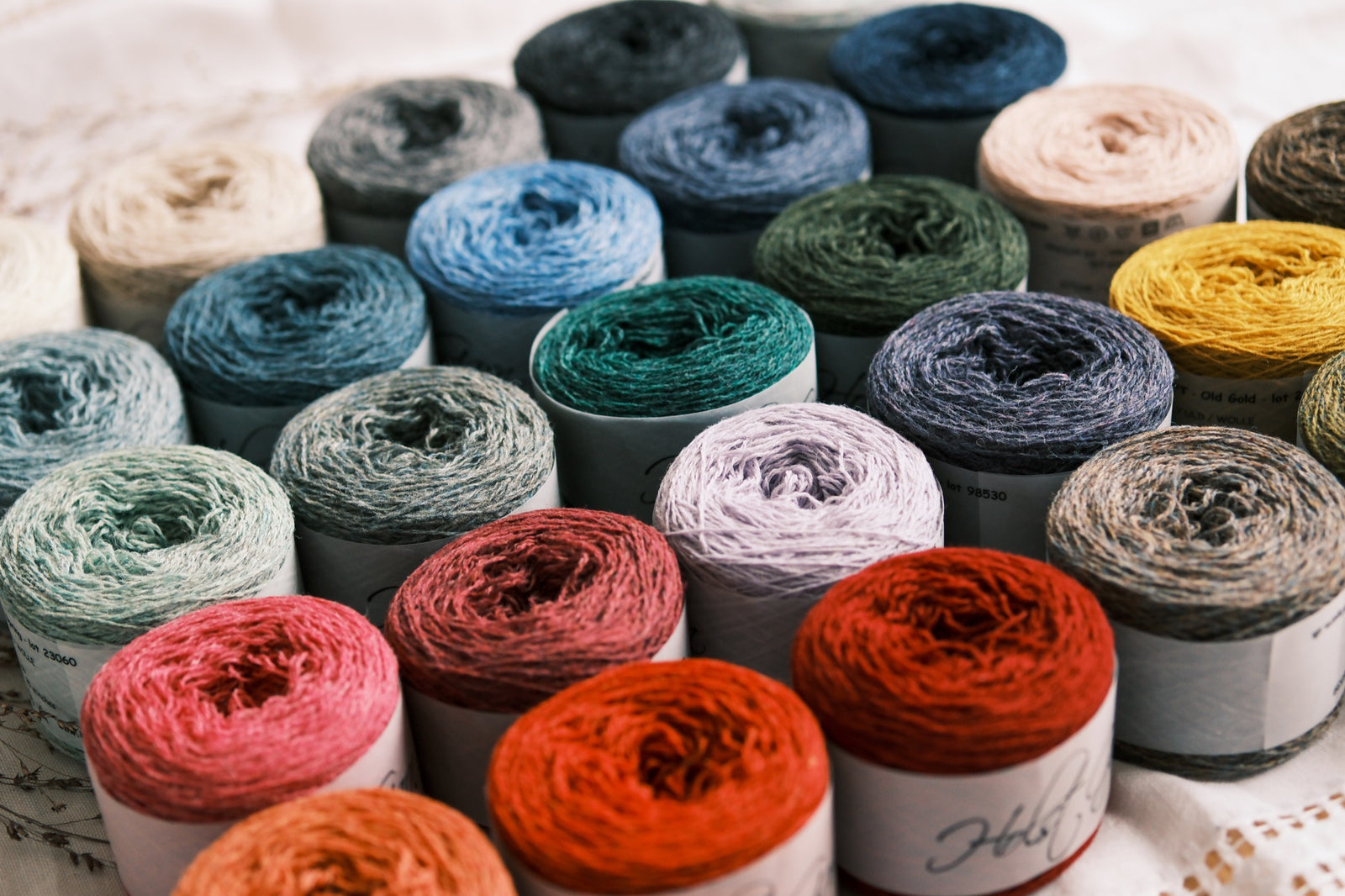

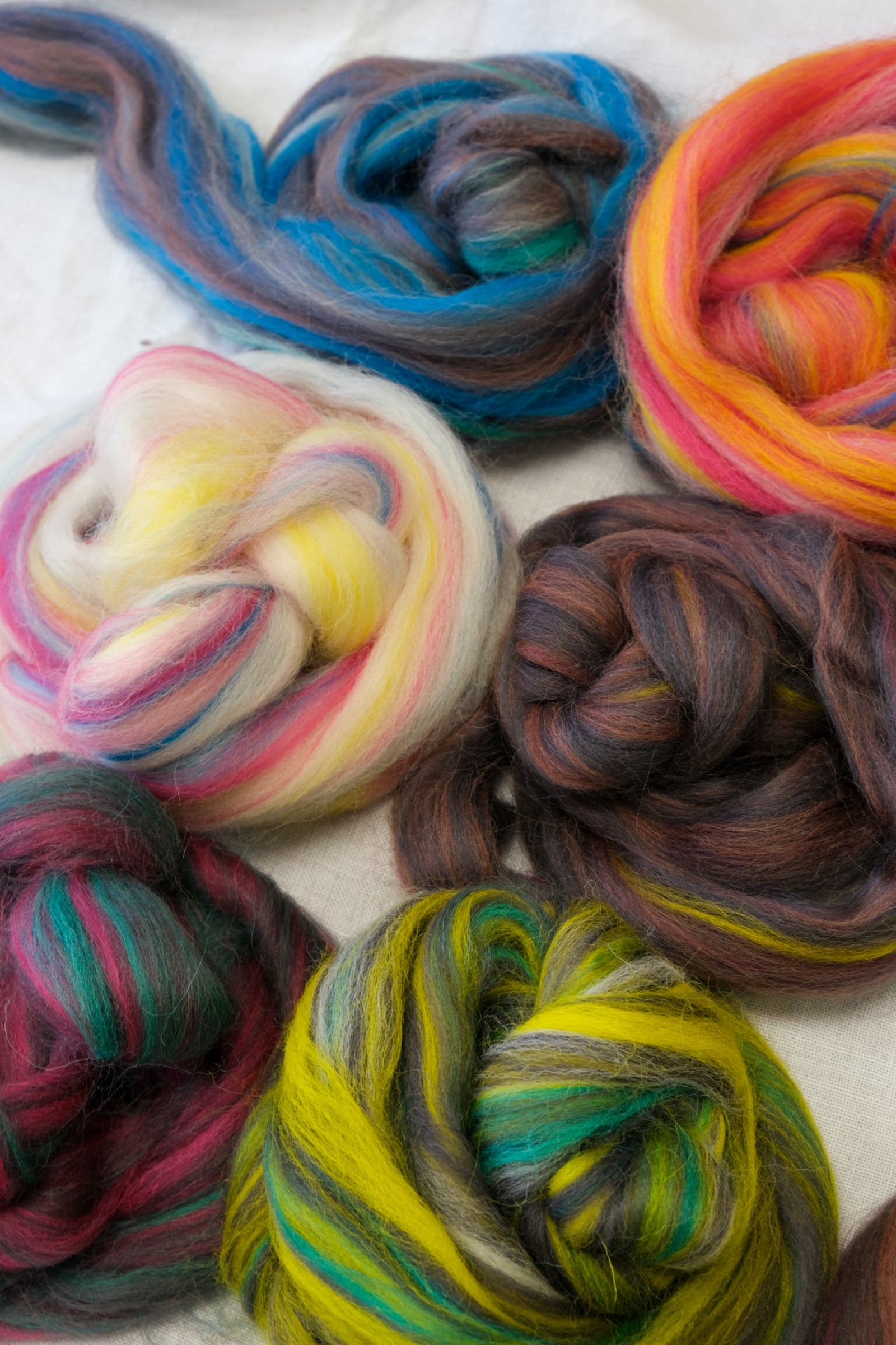
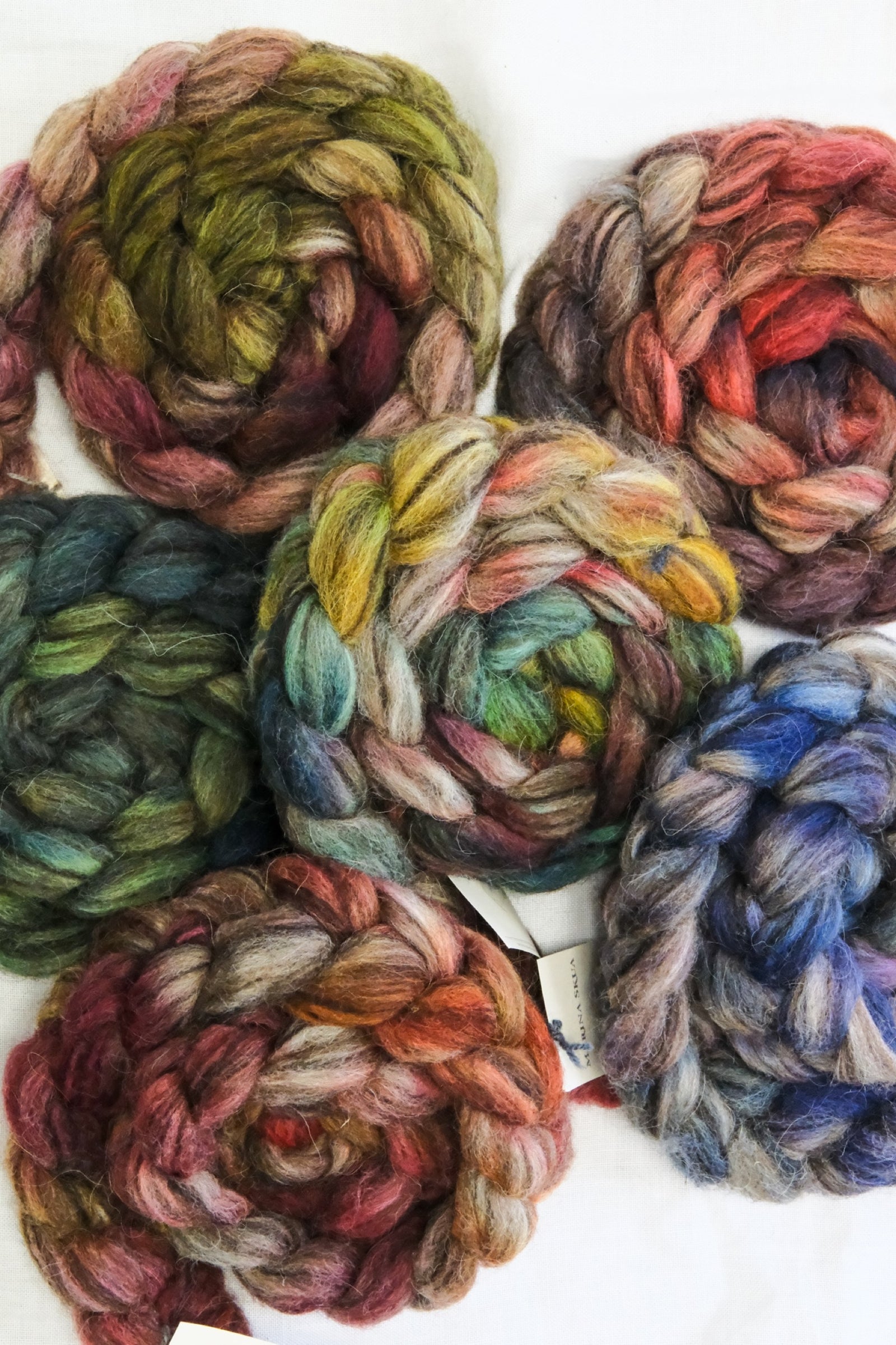
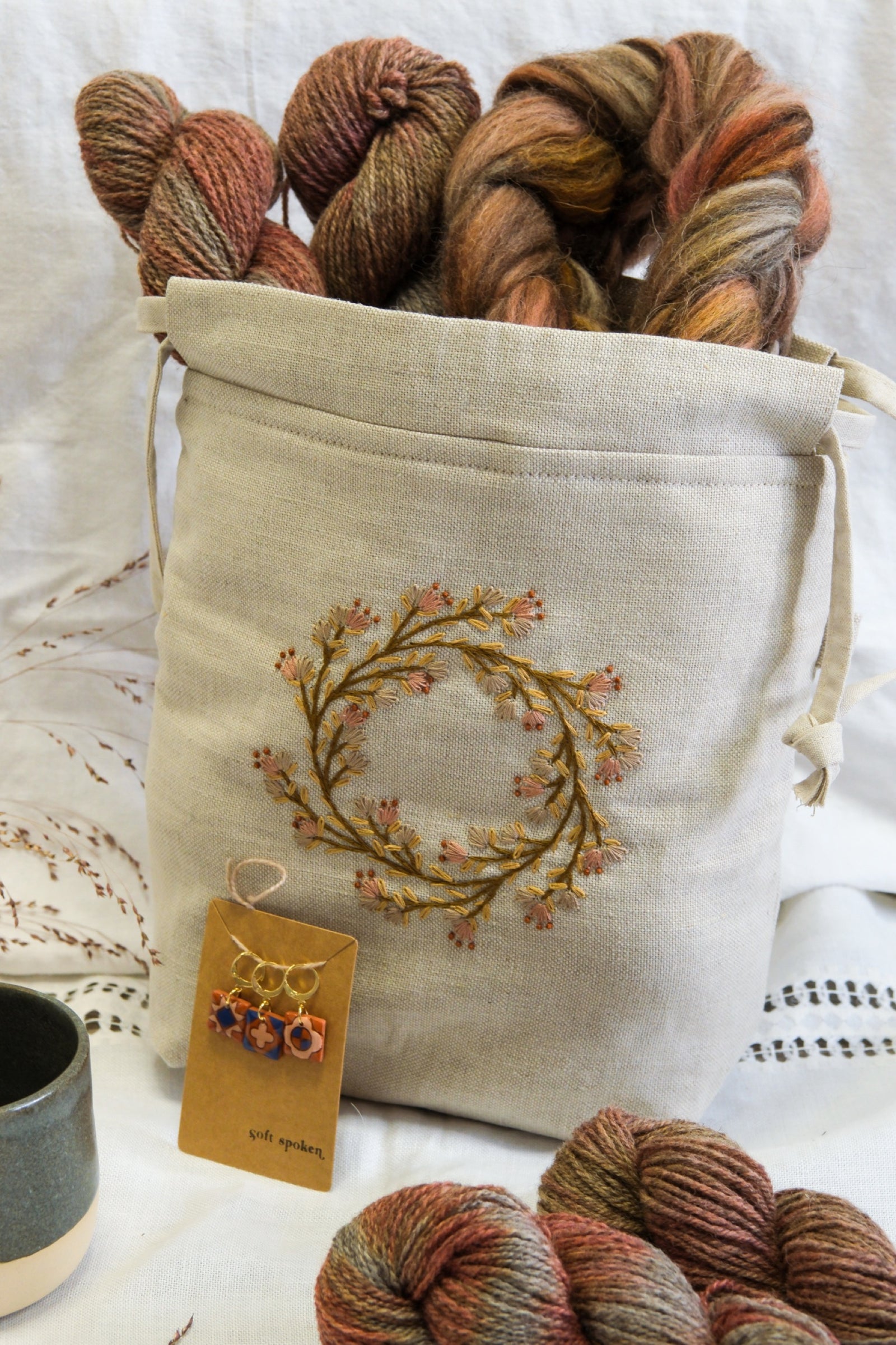

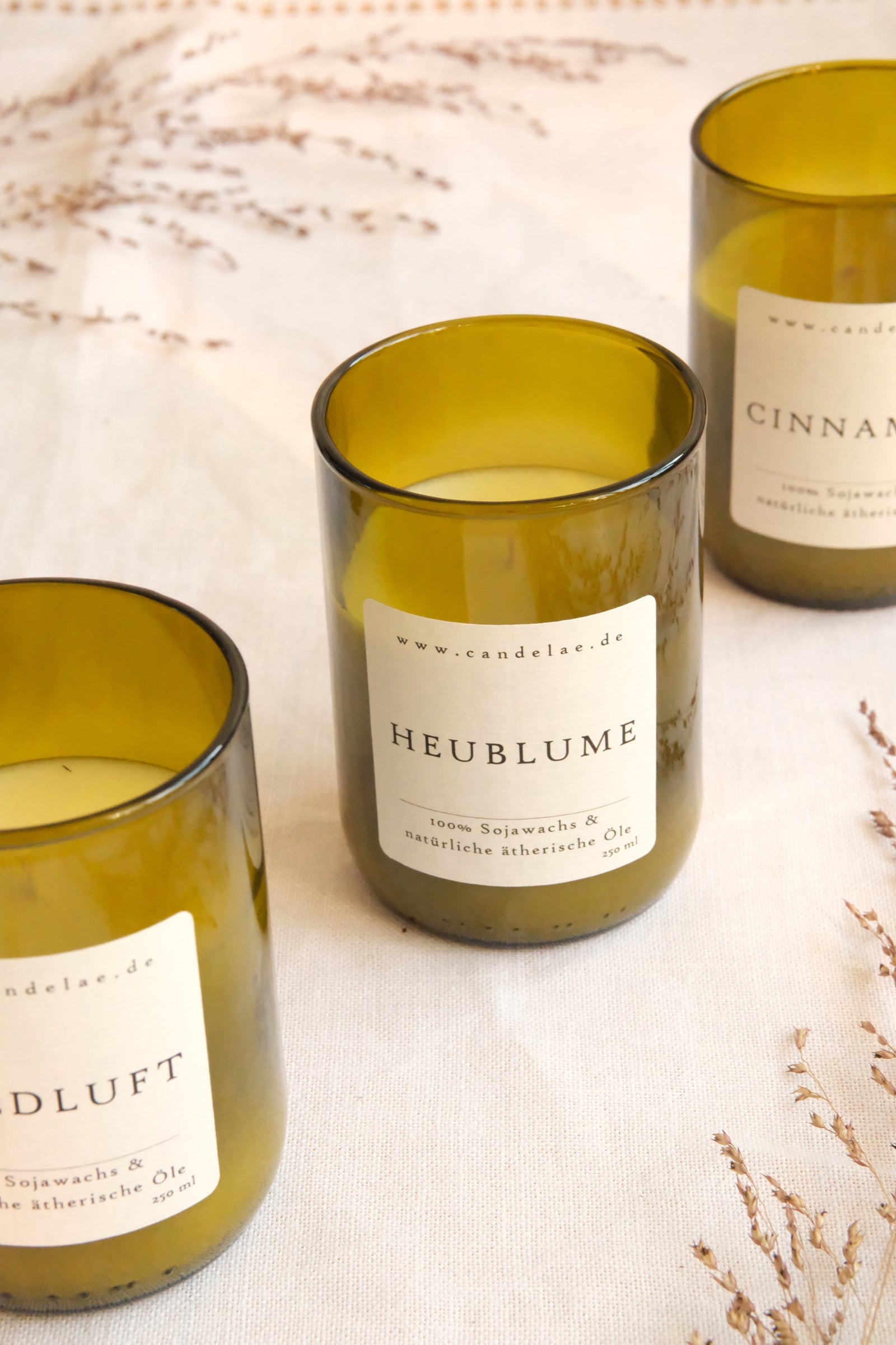


Karen
Dezember 07, 2022
I consider myself a colourwork amateur! I am currently working on a cowl with a simple colourwork pattern and am getting along quite happily by sitting with a ball of yarn on each side of me and picking up and dropping each colour as needed with my right hand. Not sure if this would work with anything more complicated. Kristin Drysdale recommends the two handed method for beginners in her Nordic Knitting Primer but I am willing to learn any method. Good for the brain!